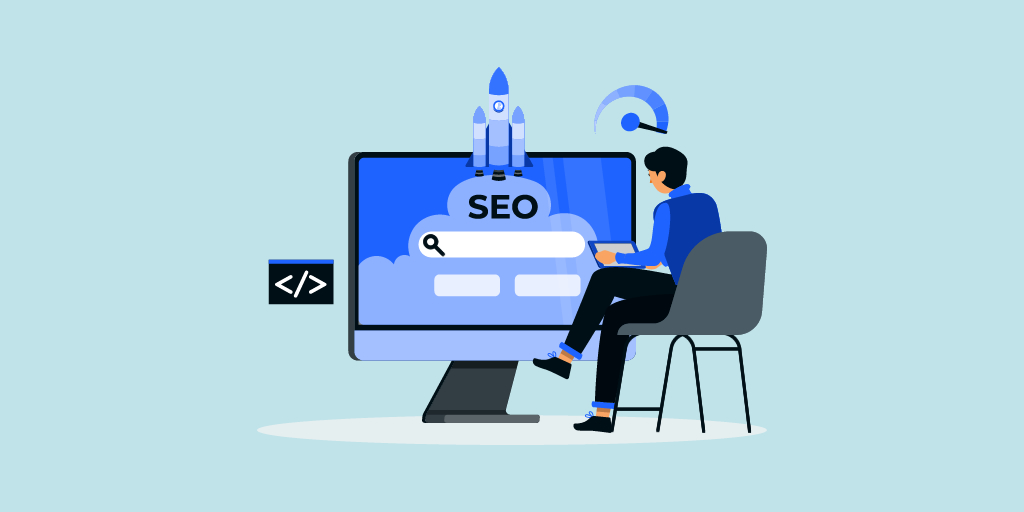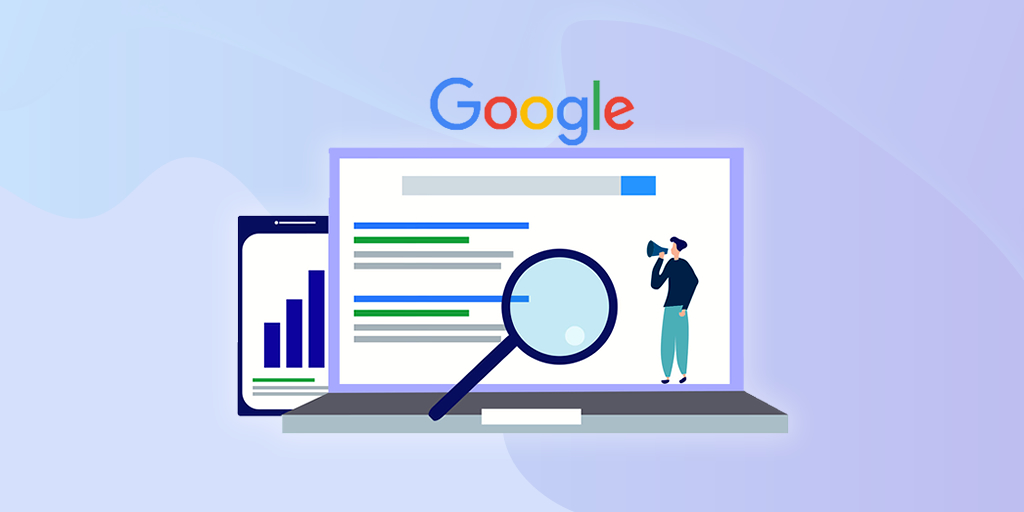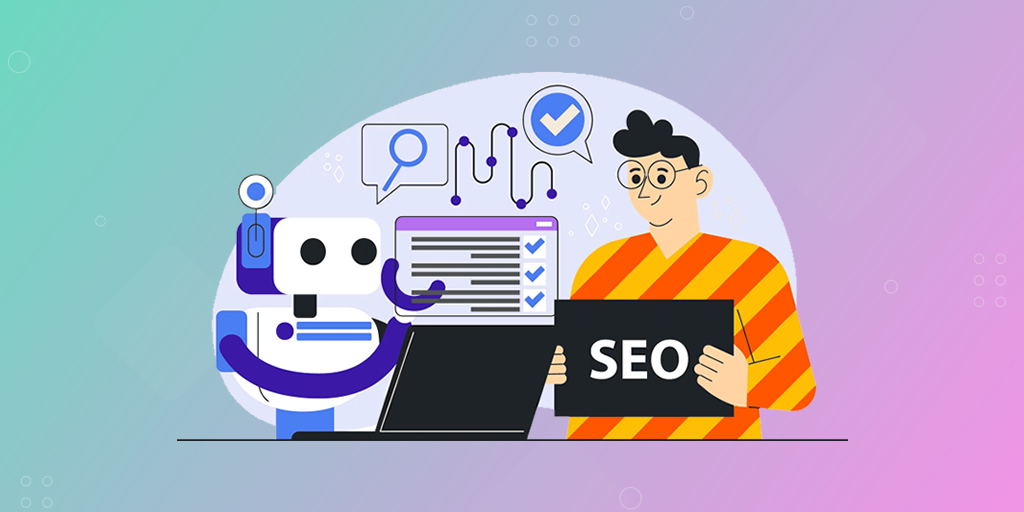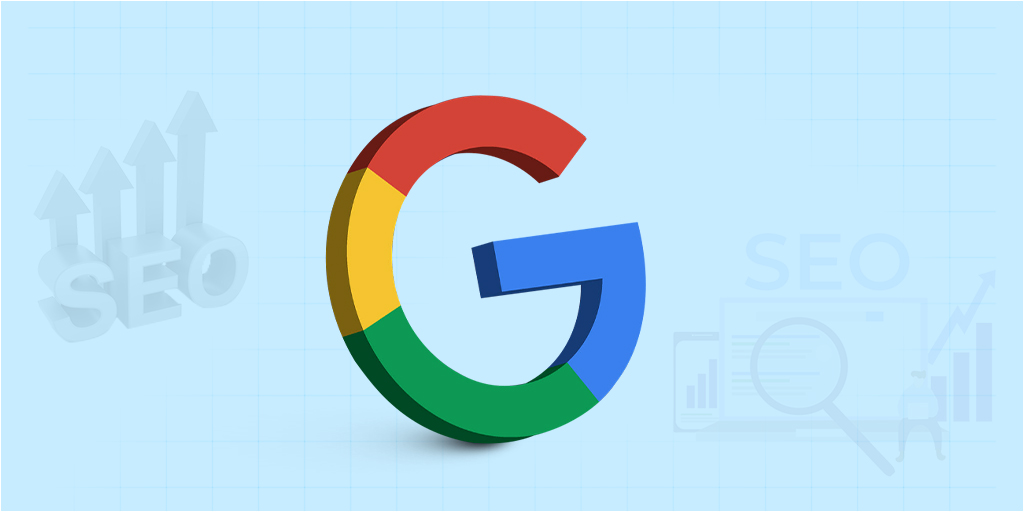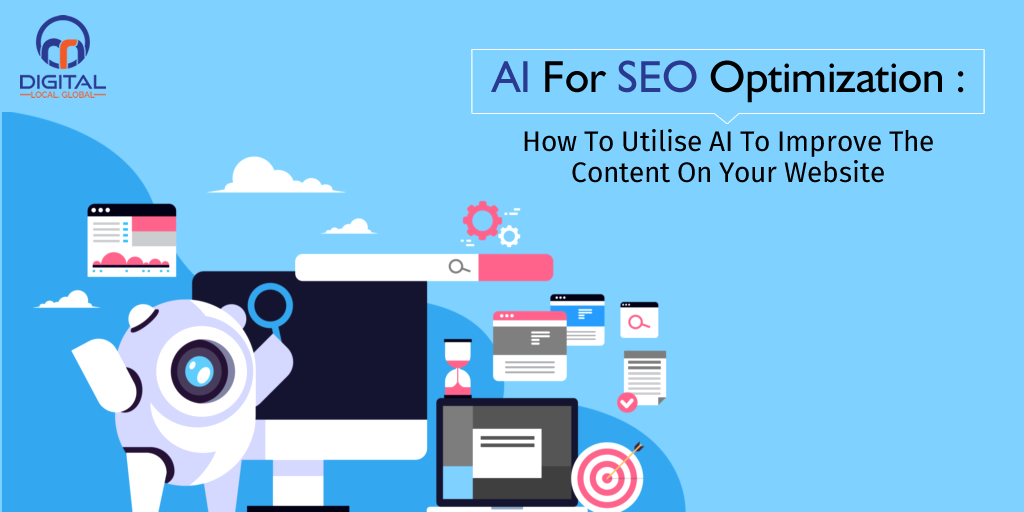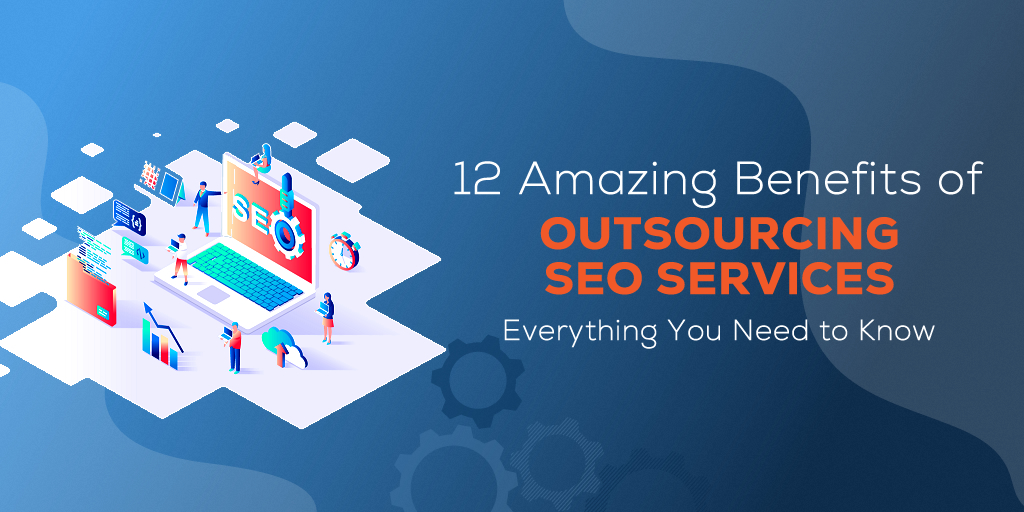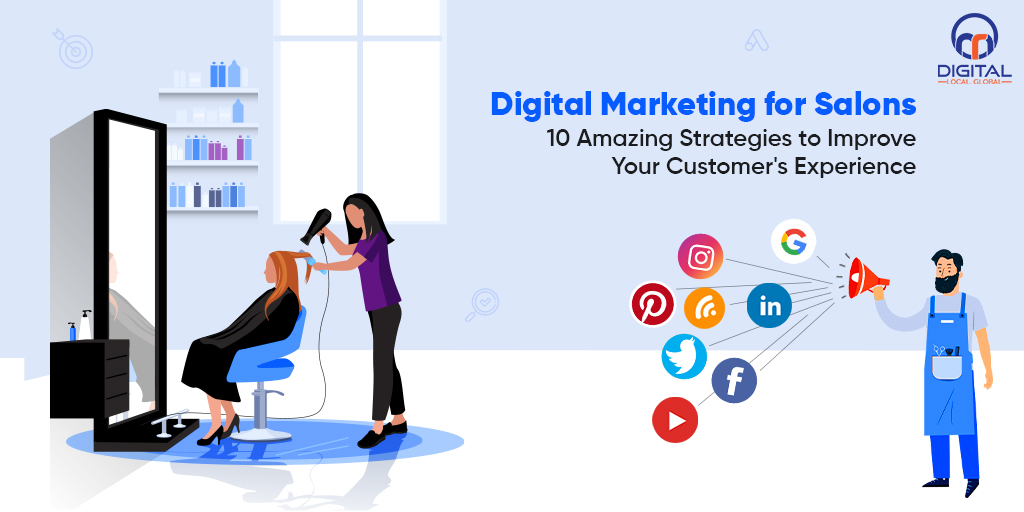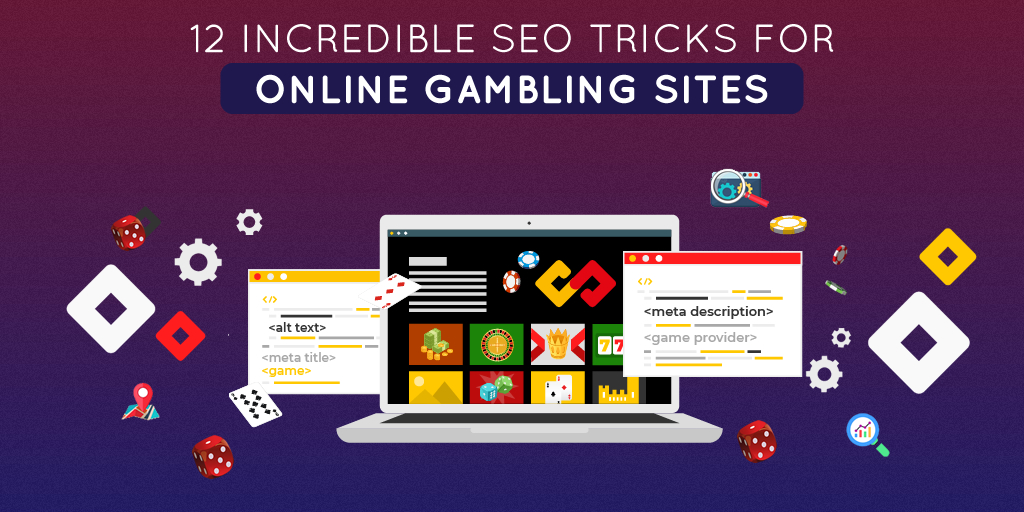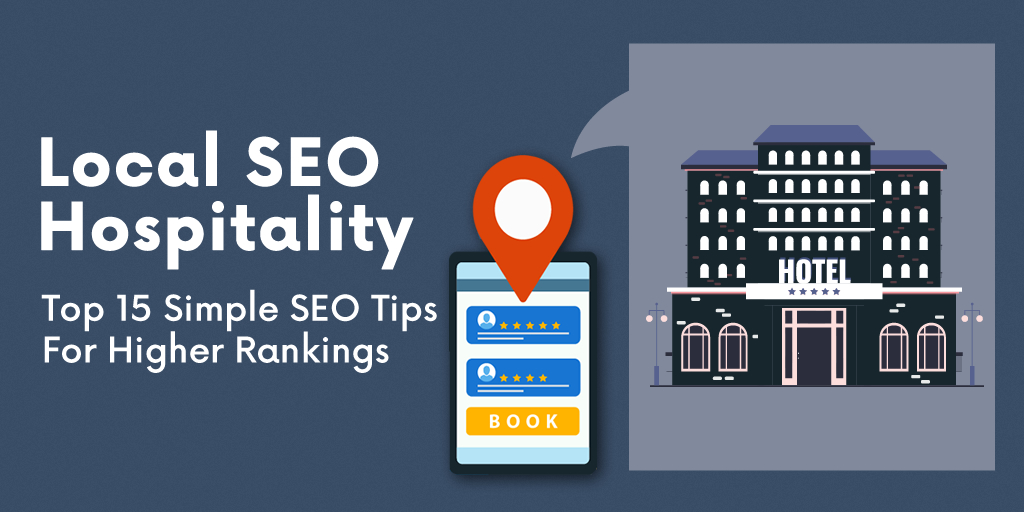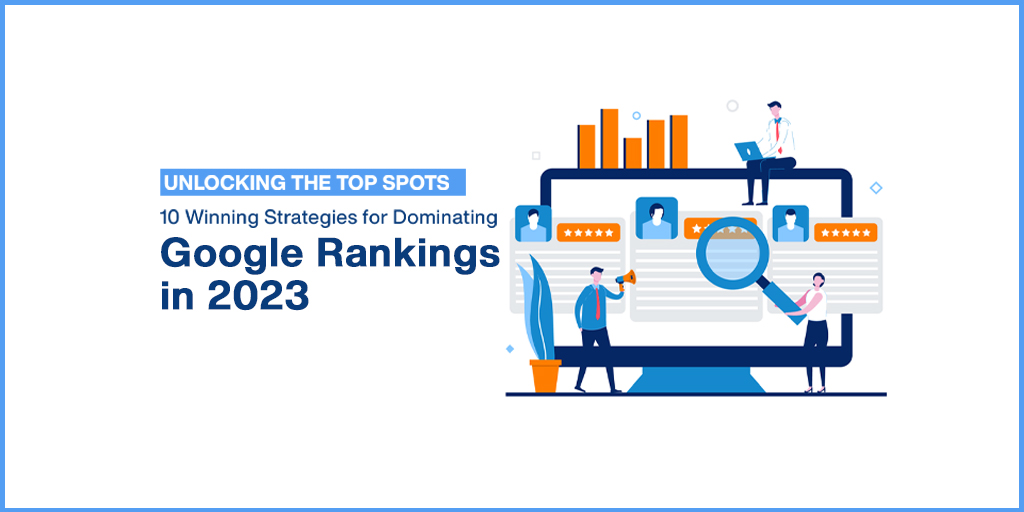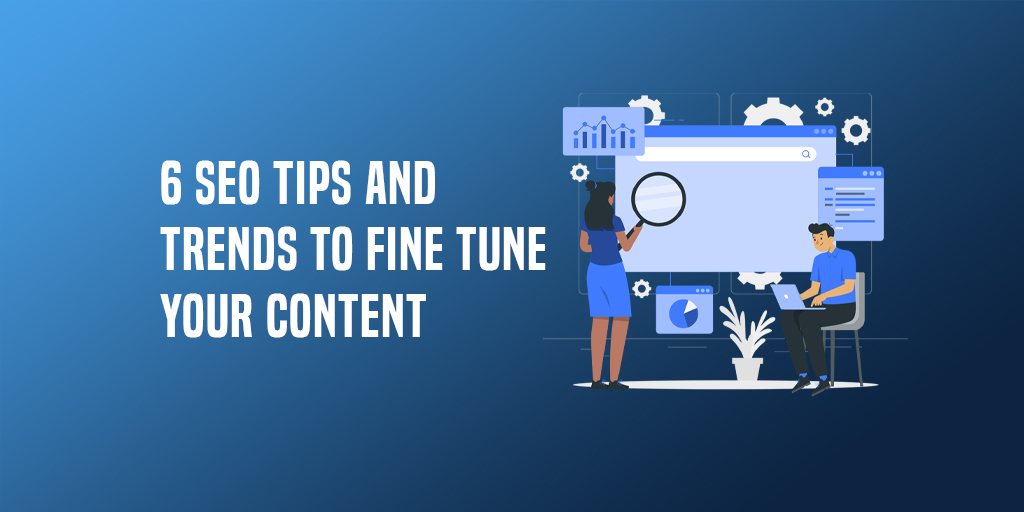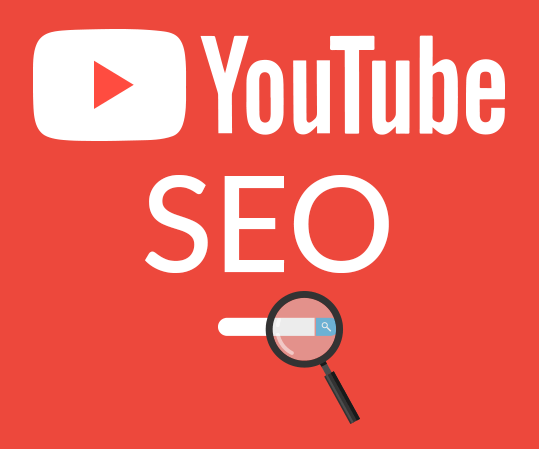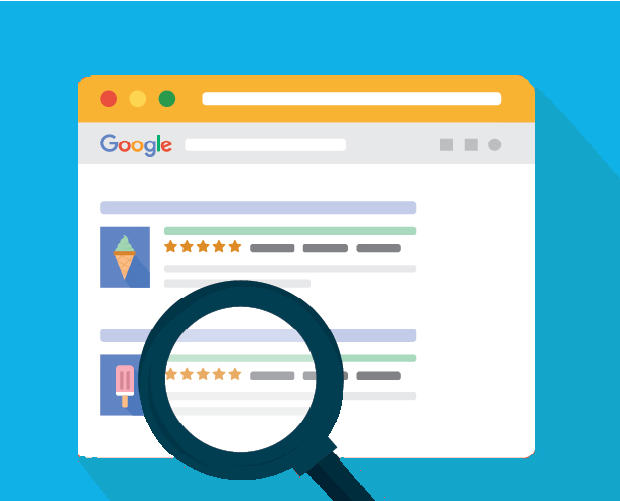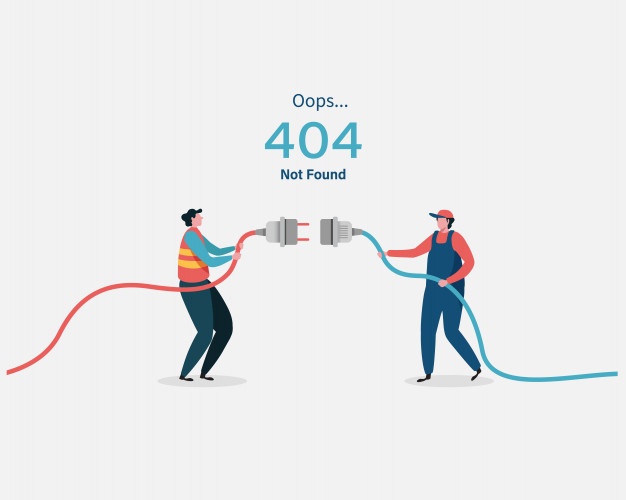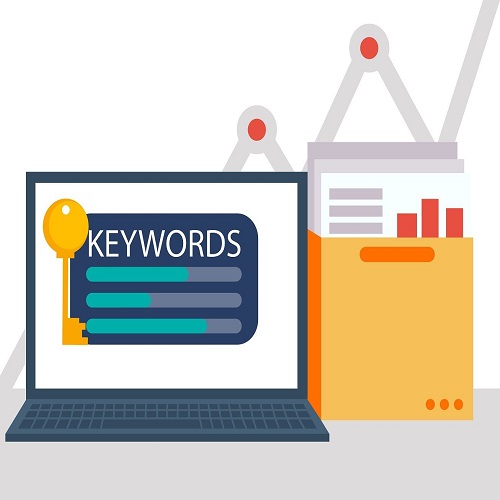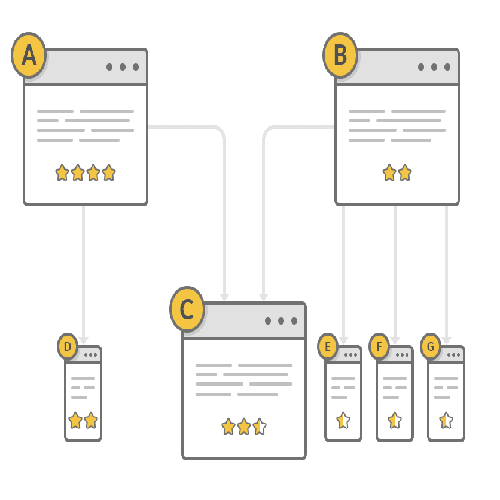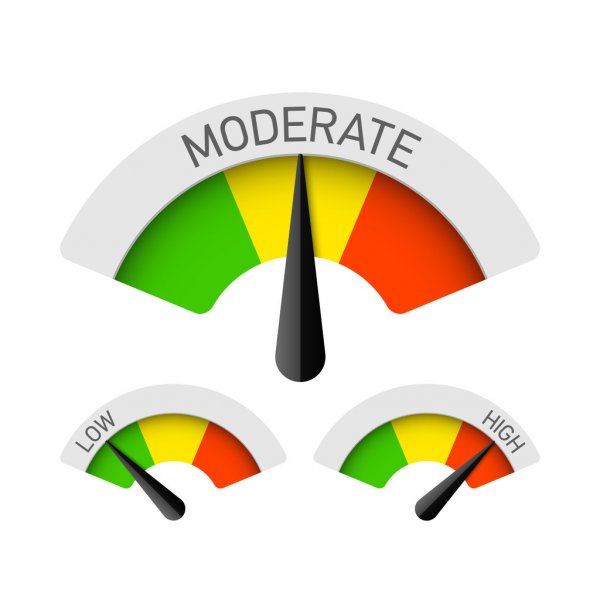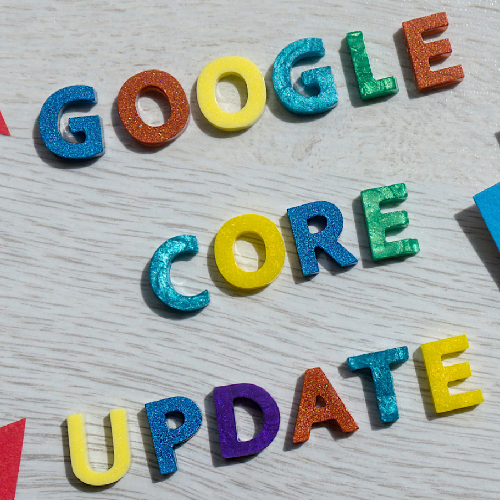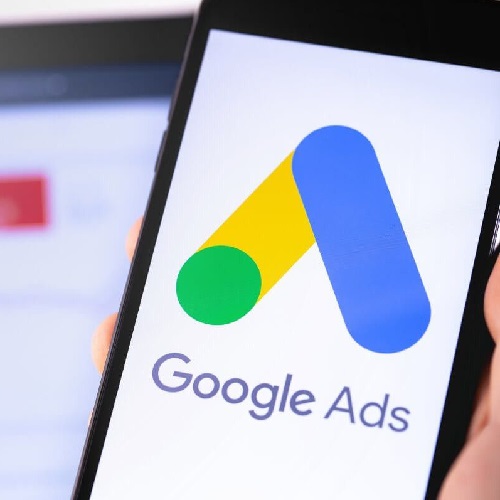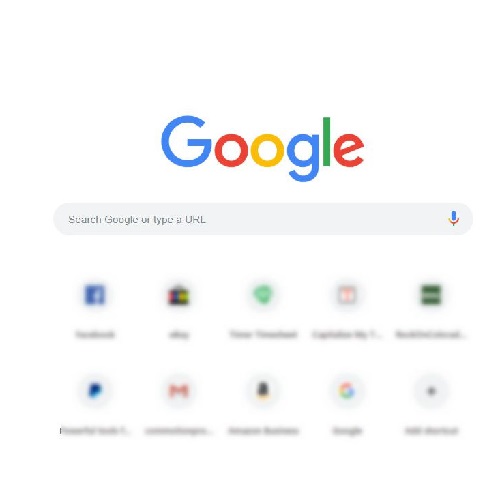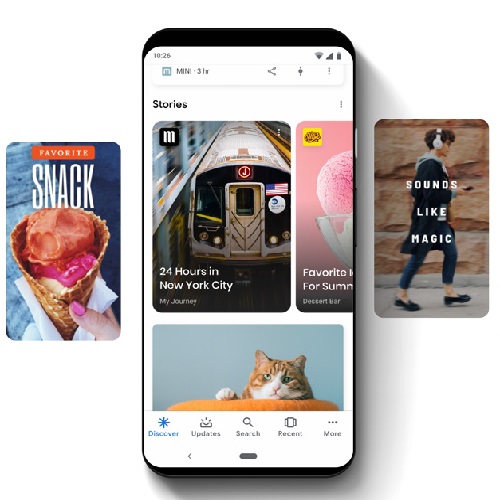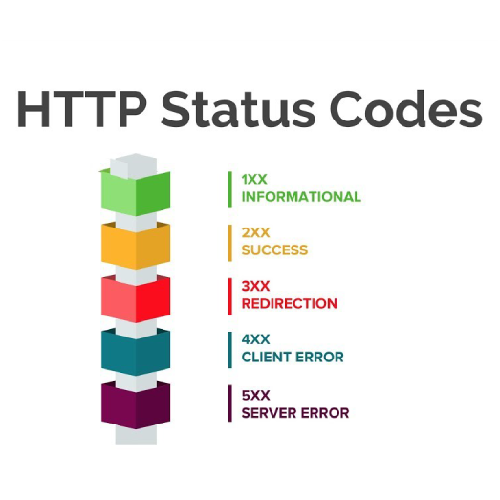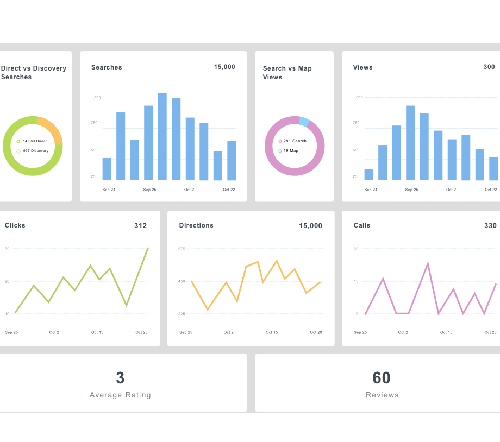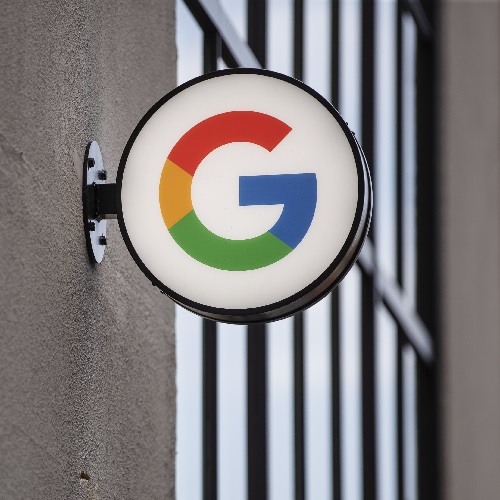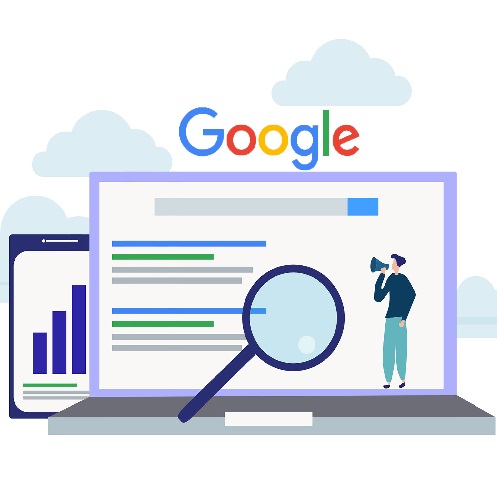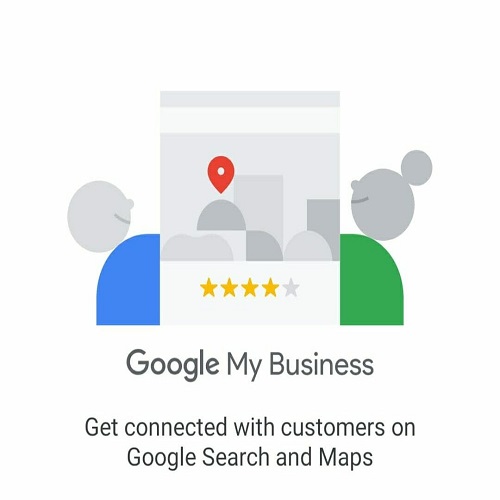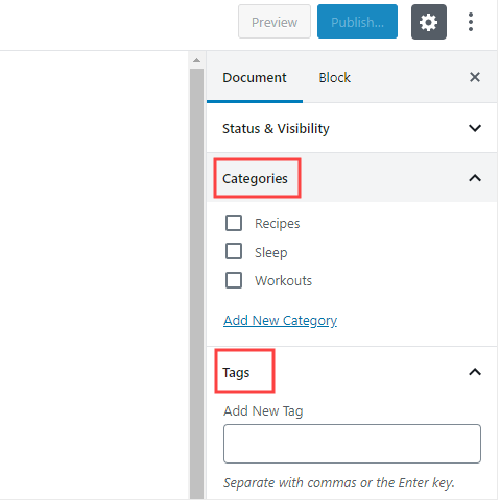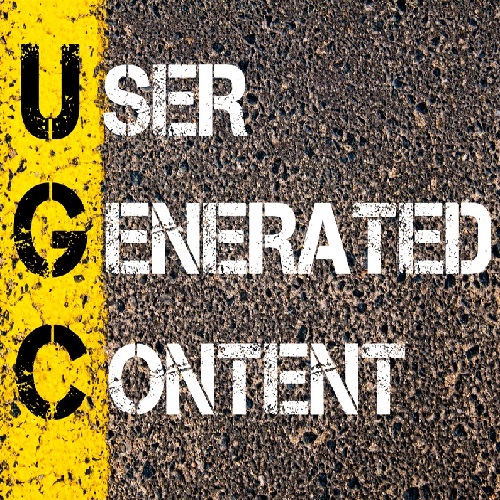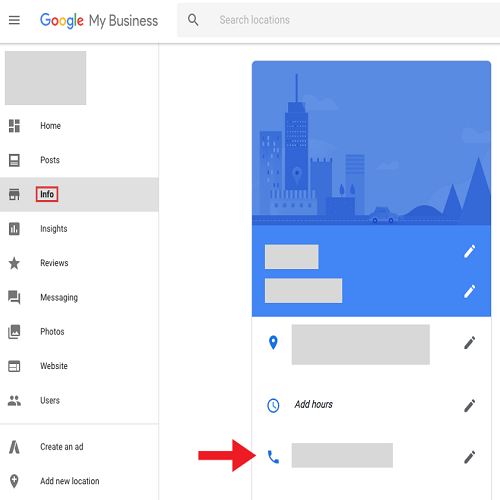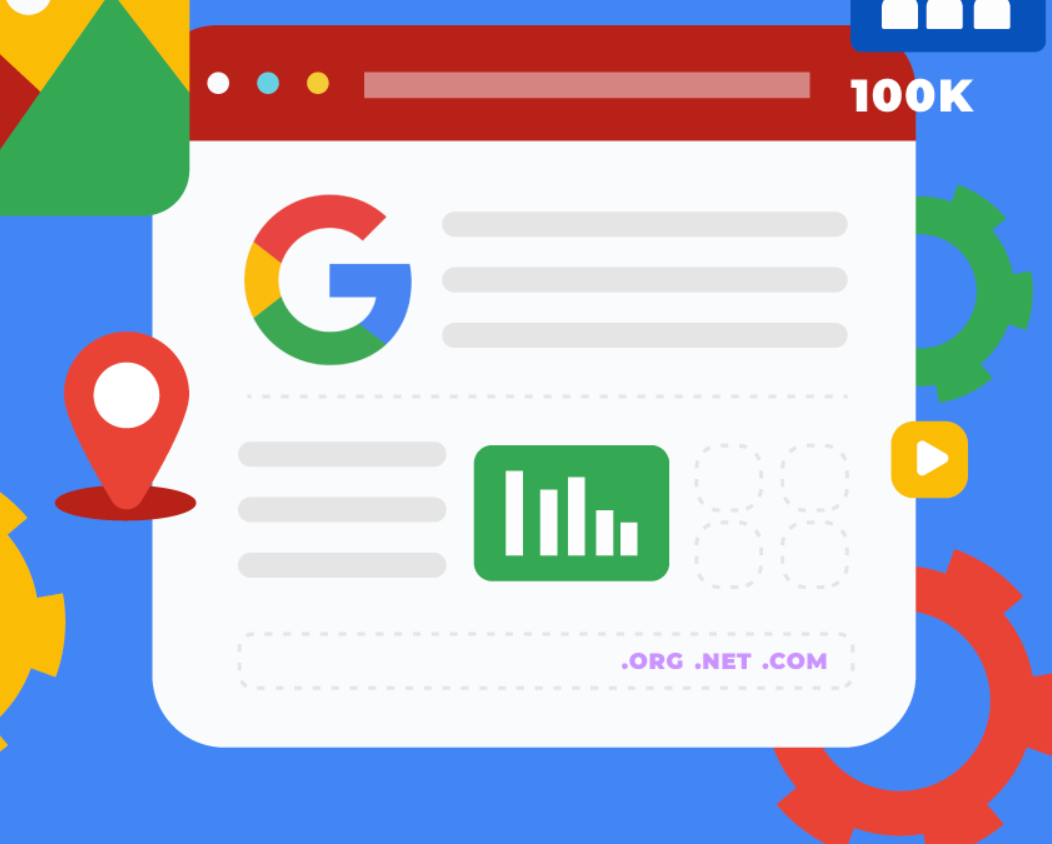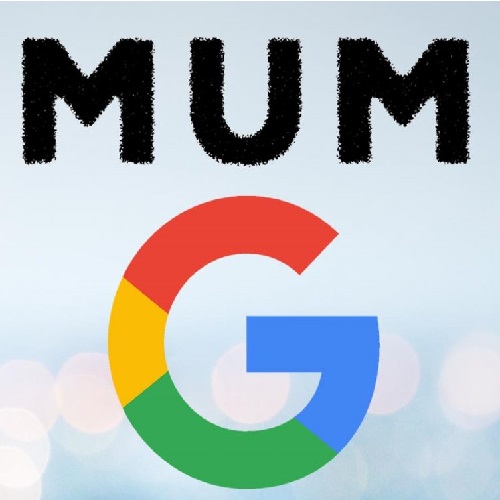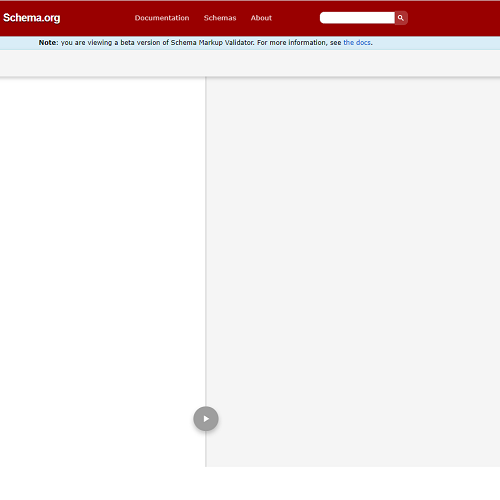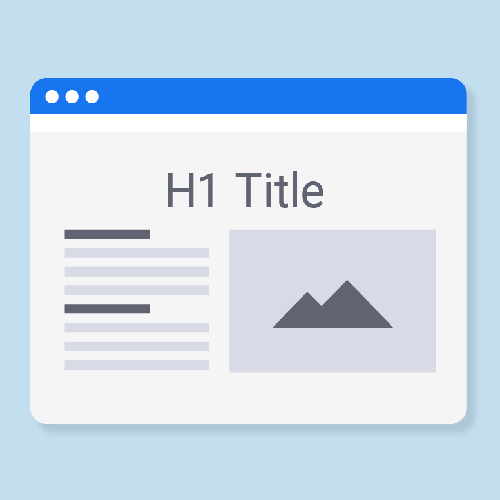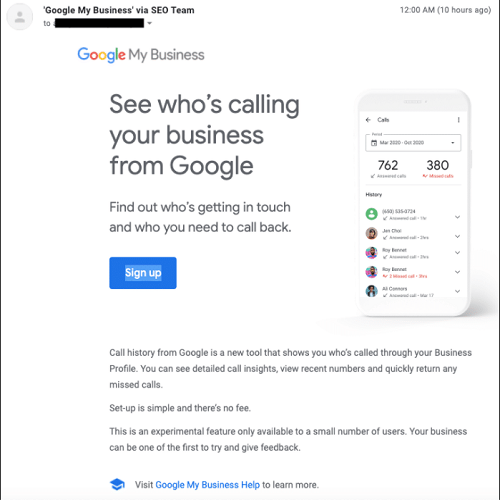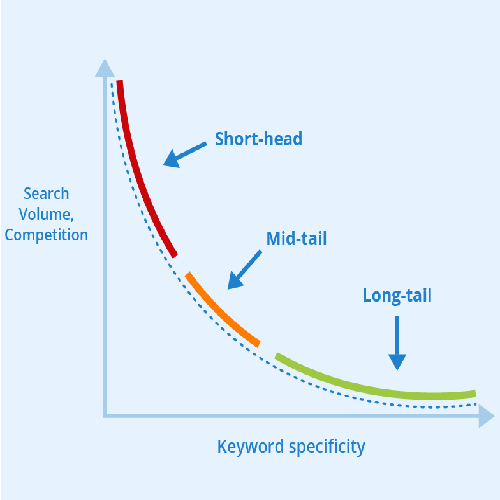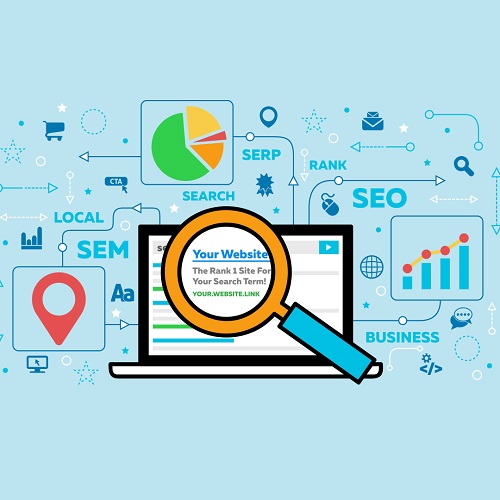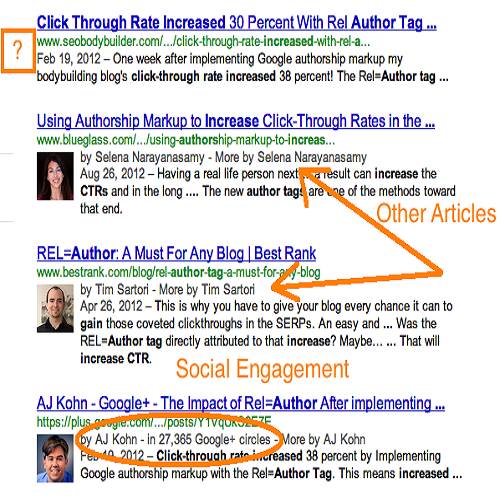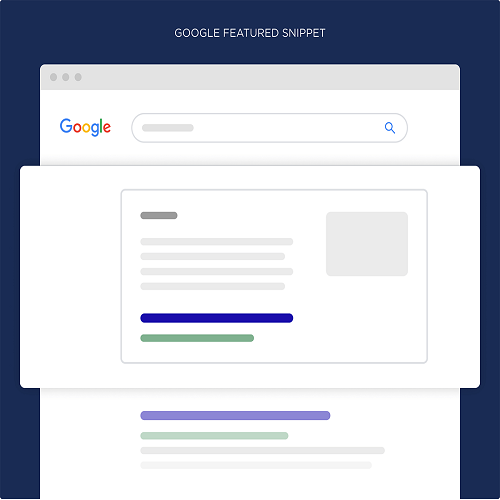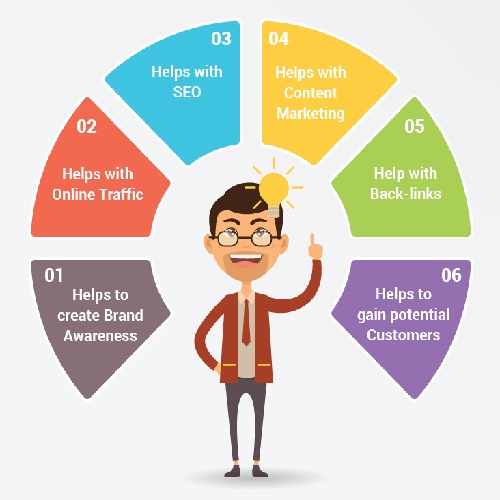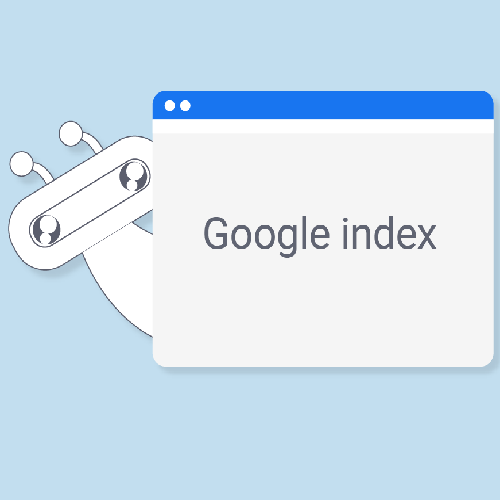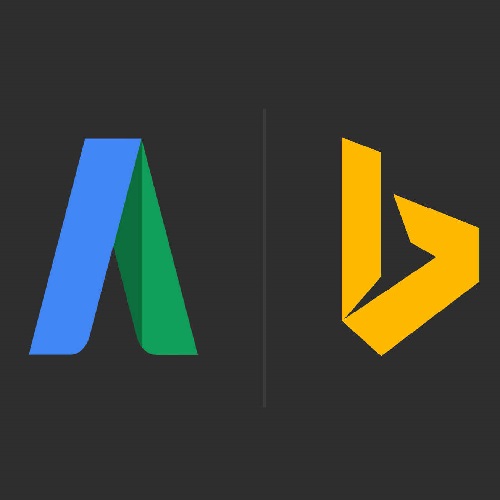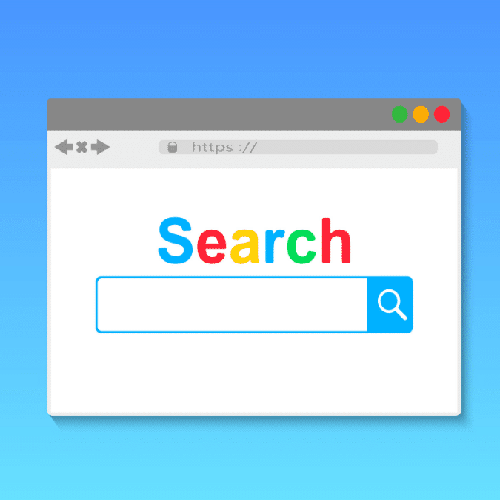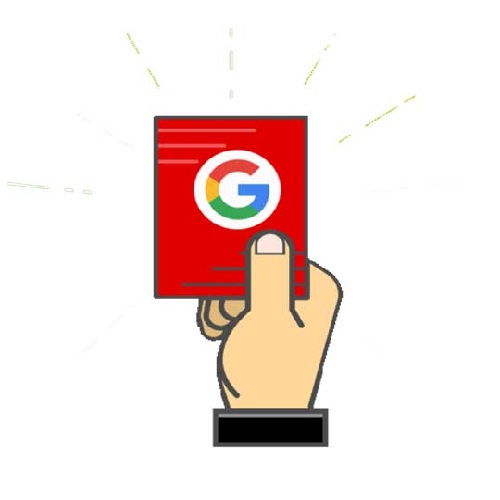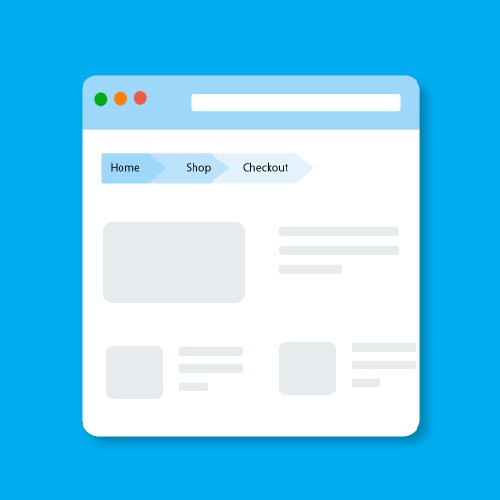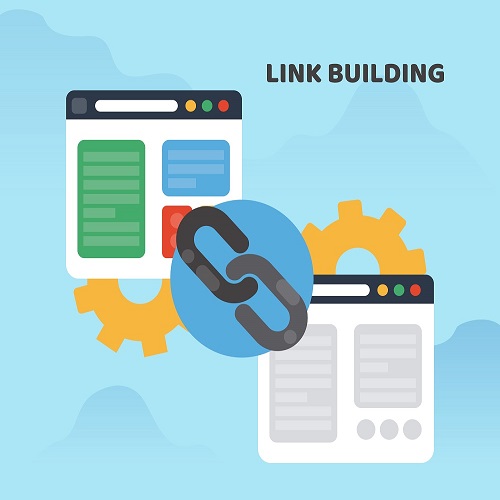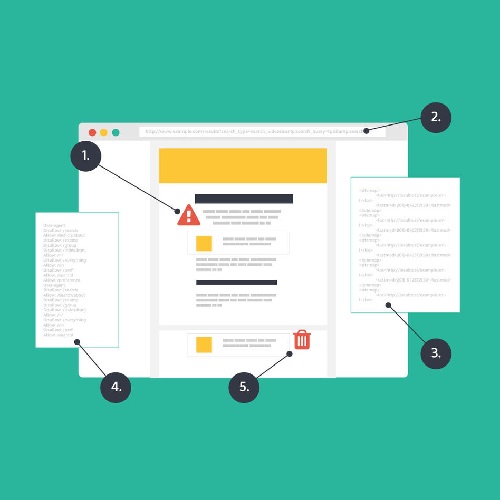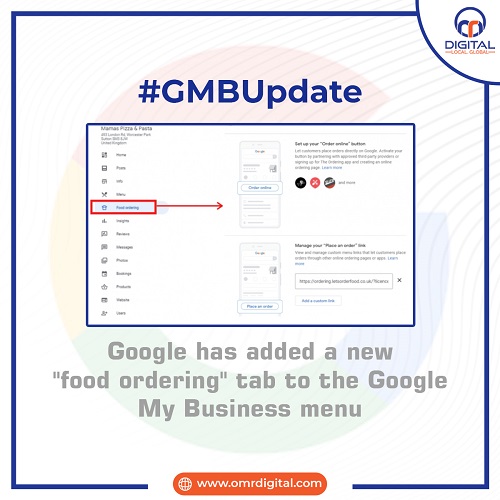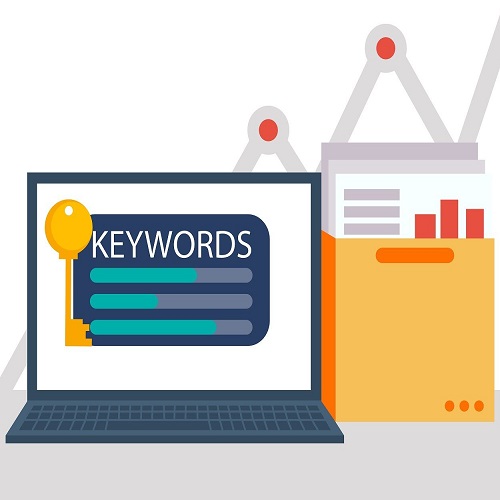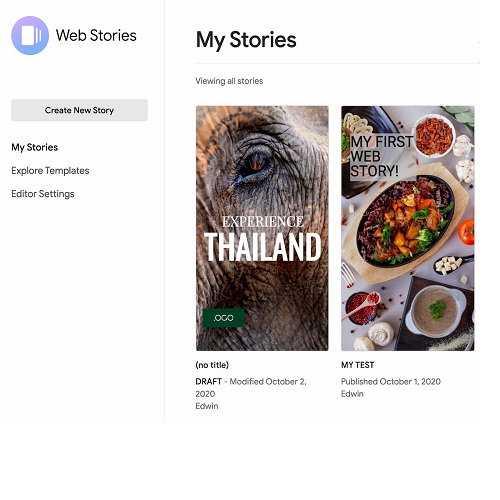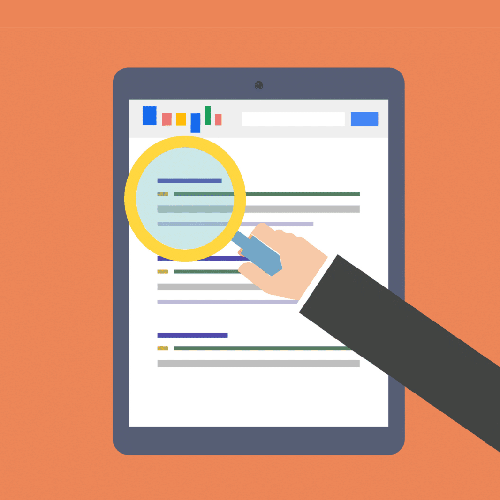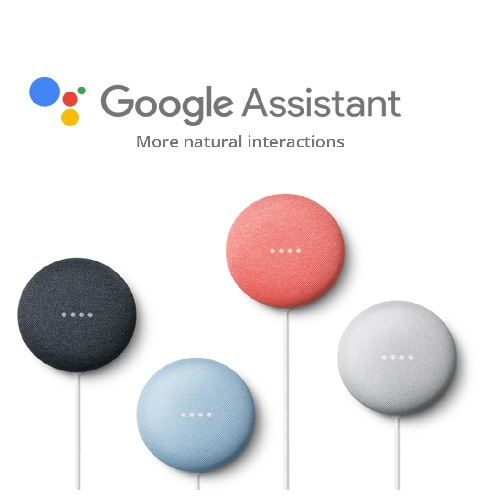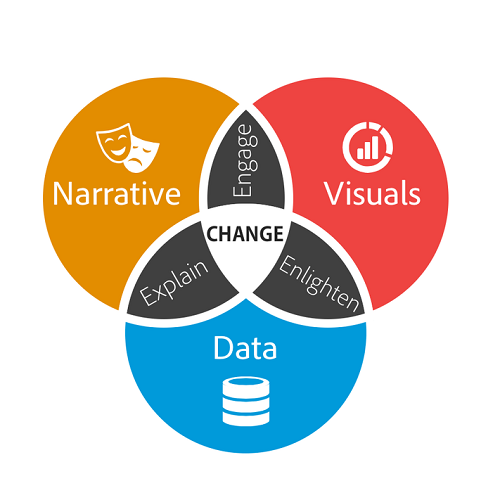
Contact Us
Related Posts
Category
The aim of both business owners and webmasters is to maximize website success. You need to put your site in the best possible place to produce profitable results, and that means ranking high in search results. Core Web Vitals, Google’s forthcoming algorithm update recognizes Google ranking signals that place a premium on your site’s user experience (UX). You should design your site in accordance with the basic metrics outlined in the Google Core Web Vitals update, and you must keep usability in mind while you make enhancements and adjustments to your site.
The search engines and your web users are two main players in determining the effectiveness of your digital strategies. Google aids in the discovery of potential customers online, but you must first establish yourself as a worthy site in order to receive search traffic. Your users will determine whether they are interested enough in your website and brand’s value proposition before engaging further once they have found you and visited your site. Google urges webmasters to prioritize their page experience in the Core Web Vitals update 2021 announcement if they want to retain or improve their site’s current good rating. For the best possible Core Web Vitals results, the early announcement gives you plenty of time to enhance your site’s interactivity, visual stability, and loading speed.
It’s a win-win situation for all key players as websites prepare for the Core Web Vitals update. When Google rates high-quality websites higher, it solidifies its credibility as a trustworthy search engine, and the site visitors are more likely to convert thanks to a pleasant user experience. To meet Google’s user experience standards and make specific improvements to ensure the site is in a favorable position when the update goes live, you must have a thorough understanding of Google’s user experience standards and make specific changes. To get you started on enhancing your page experience as soon as possible, we simplify technical terms and make sure the topic is easy to understand in this article.
What Are the Most Important Factors to Keep in Mind When Creating a Website?
The Google Core Web Vitals are a series of three metrics that measure the quality of your site’s user experience: Largest Contentful Paint (LCP), First Input Delay (FID), and Cumulative Layout Change (CLS). These factors include loading speed, interactivity, and visual consistency, all of which contribute to a positive user experience (UX). Let’s look at each of these Google ranking signals in greater detail:
- The Most Fulfilling Paint (LCP)
This metric reports the render time of the largest visible content element in the viewport, which is usually an image or video. This means that the main image on your website should load as quickly as possible to alert the user that the URL is loading. 2.5 seconds or less is a successful LCP.
- Delay Between Inputs (FIP)
FIP tests the interactivity of your website, or how long it takes the browser to react when a user interacts with it. When a user on the homepage clicks on a button to learn more, for example, the site can react quickly — preferably in less than 100 milliseconds.
- Layout Changes in the Long Run (CLS)
The CLS metric has a novel concept as compared to LCP and FIP. CLS is a metric that calculates how often the layout of your page changes during the loading process. You don’t want your user to mistakenly confirm their purchase when they meant to cancel it because the page layout moved downwards, as Google suggests. This value should be 0.1 or as close to zero as possible.
What Is the Importance of Web Vitals?
The importance of Google Core Web Vitals is similar to the importance of user experience (UX). “What do Uber, Amazon, and Apple have in common?” Google’s decision to use Core Web Vitals as a ranking factor reflects this customer-first attitude. To qualify as a user-friendly site, it needs that websites meet clear criteria for its Core Web Vitals metrics. What is the significance of Core Web Vitals? Google is more likely to improve your rankings on the search engine results page if the metrics are higher (SERP). When you boost your metrics, you give your site visitors a better UX.
What Effect Would Google’s Core Web Vitals Update Have on My Website Traffic?
The next question is how Core Web Vitals can impact site traffic now that we know exactly how they are described. It’s important to realize that Google prioritizes the overall page experience in the Core Web Vitals update 2021. This means that Core Web Vitals metrics are just a small part of the overall page experience, which will eventually become an official ranking element. “We’re integrating the signals extracted from Core Web Vitals with our current Search signals for page experience, such as mobile-friendliness, safe-browsing, HTTPS-security, and intrusive interstitial guidelines, to provide a holistic image of page experience,” says the Google team.
Since page experience requirements account for a significant portion of the important Google ranking signals, failing to optimize for them would almost certainly result in lower rankings and a significant drop in site traffic. Furthermore, if your UX is poor, visitors would be hesitant to browse and return to your site. Google’s goal with this update is to encourage site owners to create pages that users enjoy visiting and that result in more conversion opportunities for your business. Core Web Vitals will be a ranking consideration for Google Top Stories, in addition to impacting all other search results. This means that news organizations would have to go above and beyond to adjust to the Core Web Vitals update, or risk losing valuable website traffic.
In addition, the criterion for appearing in the Top Stories has been removed. When a site passes the Core Web Vitals thresholds, Google discovered that visitors are 24% less likely to leave page loads. This is a significant discovery that has the potential to significantly increase your website’s traffic.
How Can one Get their Website Ready for Google’s Core Web Vitals Update?
The first move is to look at your Core Web Vitals report in the Google Search Console to see where your site currently stands. You must determine if your URLs are performing well, needing improvement, or performing poorly. Then, take a look at the big picture of Google’s page experience and come up with a comprehensive strategy for improving it.
Prepare for the Google Core Web Vitals update by following these seven recommendations for improving page experience:
- Make Your Photographs More Effective
At the top of your web page, most websites have a hero picture or a prominent key banner. Compressing or converting your hero picture to a more efficient format can help it appear within the LCP threshold. It’s a good idea to check all of your site’s photos because unoptimized media will drastically slow downloading times.
- Increase Your Web Hosting Budget
All of your metrics would benefit with a quicker server response time, with FID receiving special attention. You can reduce JavaScript execution time and eliminate user interaction delays by using a better web hosting service.
- Make sure there’s enough space for content to be loaded.
Including width and height attributes on your picture and video elements is a best practice for keeping CLS to a bare minimum. This helps the browser to assign the appropriate amount of space while the media loads, preventing abrupt layout changes.
- Make content that appears above the fold a top priority.
The material that consumers see right away before scrolling down is what gets the most publicity from a sales perspective. Use this to your advantage by prioritizing above-the-fold content and deferring non-critical JavaScript.
- It’s All About the Content
Google advises webmasters that page experience isn’t always more important than content relevance. Similarly, related content does not always take precedence over page experience. When it comes to attracting and adding value to web users, high-quality content is always a winner.
- Keep an eye on the responsiveness of your website on mobile devices.
In July 2019, mobile-first indexing was introduced, and by September 2020, it will be applied to all websites. Mobile-friendliness is a top priority in UX design for ease of access and usability, according to Google, as well as all SEO and web design experts.
- Make full use of Google’s search engine optimization tools.
Google puts all relevant knowledge and tools at your fingertips so you can score well. Search Console, PageSpeed Insights, Lighthouse, Chrome DevTools, Chrome UX report and the latest Web Vitals Chrome extension are the best ways to ensure you’re meeting Google’s site quality requirements.
Put the user’s experience on the front burner to get better results.
The Google page experience algorithm update is set to go live in March 2021, with a six-month notice period. It’s the best time to put your users first and invest in your page experience to improve your ranking and website results. Even with Google’s comprehensive recommendations for Core Web Vitals, these metrics are likely to change. OMR Digital Internet Marketing Agency will help you stay on top of the ever-changing Google algorithms by ensuring that your site is still up to date.

The aim of both business owners and webmasters is to maximize website success. You need to put your site in the best possible place to produce profitable results, and that means ranking high in search results. Core Web Vitals, Google’s forthcoming algorithm update recognizes Google ranking signals that place a premium on your site’s user experience (UX). You should design your site in accordance with the basic metrics outlined in the Google Core Web Vitals update, and you must keep usability in mind while you make enhancements and adjustments to your site.
The search engines and your web users are two main players in determining the effectiveness of your digital strategies. Google aids in the discovery of potential customers online, but you must first establish yourself as a worthy site in order to receive search traffic. Your users will determine whether they are interested enough in your website and brand’s value proposition before engaging further once they have found you and visited your site. Google urges webmasters to prioritize their page experience in the Core Web Vitals update 2021 announcement if they want to retain or improve their site’s current good rating. For the best possible Core Web Vitals results, the early announcement gives you plenty of time to enhance your site’s interactivity, visual stability, and loading speed.
It’s a win-win situation for all key players as websites prepare for the Core Web Vitals update. When Google rates high-quality websites higher, it solidifies its credibility as a trustworthy search engine, and the site visitors are more likely to convert thanks to a pleasant user experience. To meet Google’s user experience standards and make specific improvements to ensure the site is in a favorable position when the update goes live, you must have a thorough understanding of Google’s user experience standards and make specific changes. To get you started on enhancing your page experience as soon as possible, we simplify technical terms and make sure the topic is easy to understand in this article.
What Are the Most Important Factors to Keep in Mind When Creating a Website?
The Google Core Web Vitals are a series of three metrics that measure the quality of your site’s user experience: Largest Contentful Paint (LCP), First Input Delay (FID), and Cumulative Layout Change (CLS). These factors include loading speed, interactivity, and visual consistency, all of which contribute to a positive user experience (UX). Let’s look at each of these Google ranking signals in greater detail:
- The Most Fulfilling Paint (LCP)
This metric reports the render time of the largest visible content element in the viewport, which is usually an image or video. This means that the main image on your website should load as quickly as possible to alert the user that the URL is loading. 2.5 seconds or less is a successful LCP.
- Delay Between Inputs (FIP)
FIP tests the interactivity of your website, or how long it takes the browser to react when a user interacts with it. When a user on the homepage clicks on a button to learn more, for example, the site can react quickly — preferably in less than 100 milliseconds.
- Layout Changes in the Long Run (CLS)
The CLS metric has a novel concept as compared to LCP and FIP. CLS is a metric that calculates how often the layout of your page changes during the loading process. You don’t want your user to mistakenly confirm their purchase when they meant to cancel it because the page layout moved downwards, as Google suggests. This value should be 0.1 or as close to zero as possible.
What Is the Importance of Web Vitals?
The importance of Google Core Web Vitals is similar to the importance of user experience (UX). “What do Uber, Amazon, and Apple have in common?” Google’s decision to use Core Web Vitals as a ranking factor reflects this customer-first attitude. To qualify as a user-friendly site, it needs that websites meet clear criteria for its Core Web Vitals metrics. What is the significance of Core Web Vitals? Google is more likely to improve your rankings on the search engine results page if the metrics are higher (SERP). When you boost your metrics, you give your site visitors a better UX.
What Effect Would Google’s Core Web Vitals Update Have on My Website Traffic?
The next question is how Core Web Vitals can impact site traffic now that we know exactly how they are described. It’s important to realize that Google prioritizes the overall page experience in the Core Web Vitals update 2021. This means that Core Web Vitals metrics are just a small part of the overall page experience, which will eventually become an official ranking element. “We’re integrating the signals extracted from Core Web Vitals with our current Search signals for page experience, such as mobile-friendliness, safe-browsing, HTTPS-security, and intrusive interstitial guidelines, to provide a holistic image of page experience,” says the Google team.
Since page experience requirements account for a significant portion of the important Google ranking signals, failing to optimize for them would almost certainly result in lower rankings and a significant drop in site traffic. Furthermore, if your UX is poor, visitors would be hesitant to browse and return to your site. Google’s goal with this update is to encourage site owners to create pages that users enjoy visiting and that result in more conversion opportunities for your business. Core Web Vitals will be a ranking consideration for Google Top Stories, in addition to impacting all other search results. This means that news organizations would have to go above and beyond to adjust to the Core Web Vitals update, or risk losing valuable website traffic.
In addition, the criterion for appearing in the Top Stories has been removed. When a site passes the Core Web Vitals thresholds, Google discovered that visitors are 24% less likely to leave page loads. This is a significant discovery that has the potential to significantly increase your website’s traffic.
How Can one Get their Website Ready for Google’s Core Web Vitals Update?
The first move is to look at your Core Web Vitals report in the Google Search Console to see where your site currently stands. You must determine if your URLs are performing well, needing improvement, or performing poorly. Then, take a look at the big picture of Google’s page experience and come up with a comprehensive strategy for improving it.
Prepare for the Google Core Web Vitals update by following these seven recommendations for improving page experience:
- Make Your Photographs More Effective
At the top of your web page, most websites have a hero picture or a prominent key banner. Compressing or converting your hero picture to a more efficient format can help it appear within the LCP threshold. It’s a good idea to check all of your site’s photos because unoptimized media will drastically slow downloading times.
- Increase Your Web Hosting Budget
All of your metrics would benefit with a quicker server response time, with FID receiving special attention. You can reduce JavaScript execution time and eliminate user interaction delays by using a better web hosting service.
- Make sure there’s enough space for content to be loaded.
Including width and height attributes on your picture and video elements is a best practice for keeping CLS to a bare minimum. This helps the browser to assign the appropriate amount of space while the media loads, preventing abrupt layout changes.
- Make content that appears above the fold a top priority.
The material that consumers see right away before scrolling down is what gets the most publicity from a sales perspective. Use this to your advantage by prioritizing above-the-fold content and deferring non-critical JavaScript.
- It’s All About the Content
Google advises webmasters that page experience isn’t always more important than content relevance. Similarly, related content does not always take precedence over page experience. When it comes to attracting and adding value to web users, high-quality content is always a winner.
- Keep an eye on the responsiveness of your website on mobile devices.
In July 2019, mobile-first indexing was introduced, and by September 2020, it will be applied to all websites. Mobile-friendliness is a top priority in UX design for ease of access and usability, according to Google, as well as all SEO and web design experts.
- Make full use of Google’s search engine optimization tools.
Google puts all relevant knowledge and tools at your fingertips so you can score well. Search Console, PageSpeed Insights, Lighthouse, Chrome DevTools, Chrome UX report and the latest Web Vitals Chrome extension are the best ways to ensure you’re meeting Google’s site quality requirements.
Put the user’s experience on the front burner to get better results.
The Google page experience algorithm update is set to go live in March 2021, with a six-month notice period. It’s the best time to put your users first and invest in your page experience to improve your ranking and website results. Even with Google’s comprehensive recommendations for Core Web Vitals, these metrics are likely to change. OMR Digital Internet Marketing Agency will help you stay on top of the ever-changing Google algorithms by ensuring that your site is still up to date.

